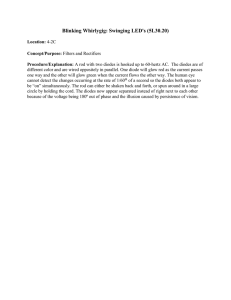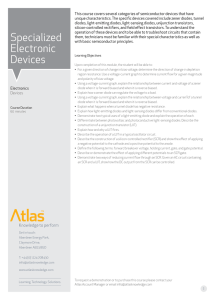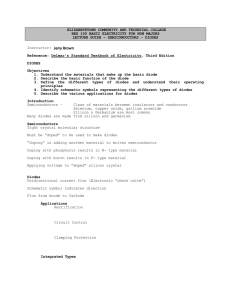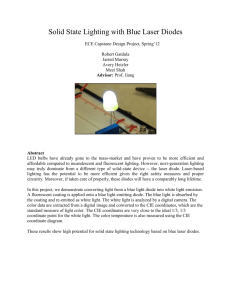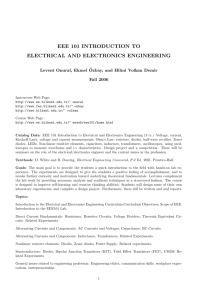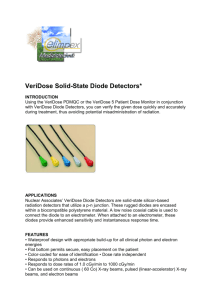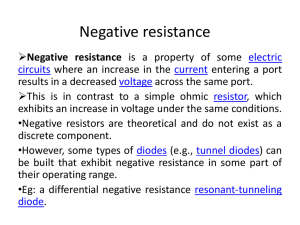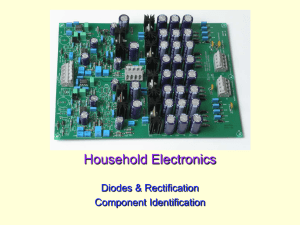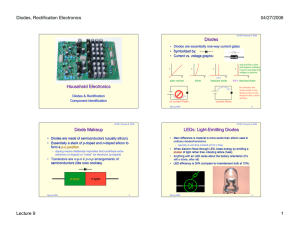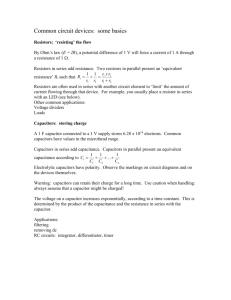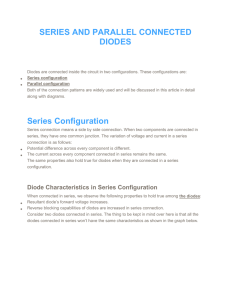Diodes
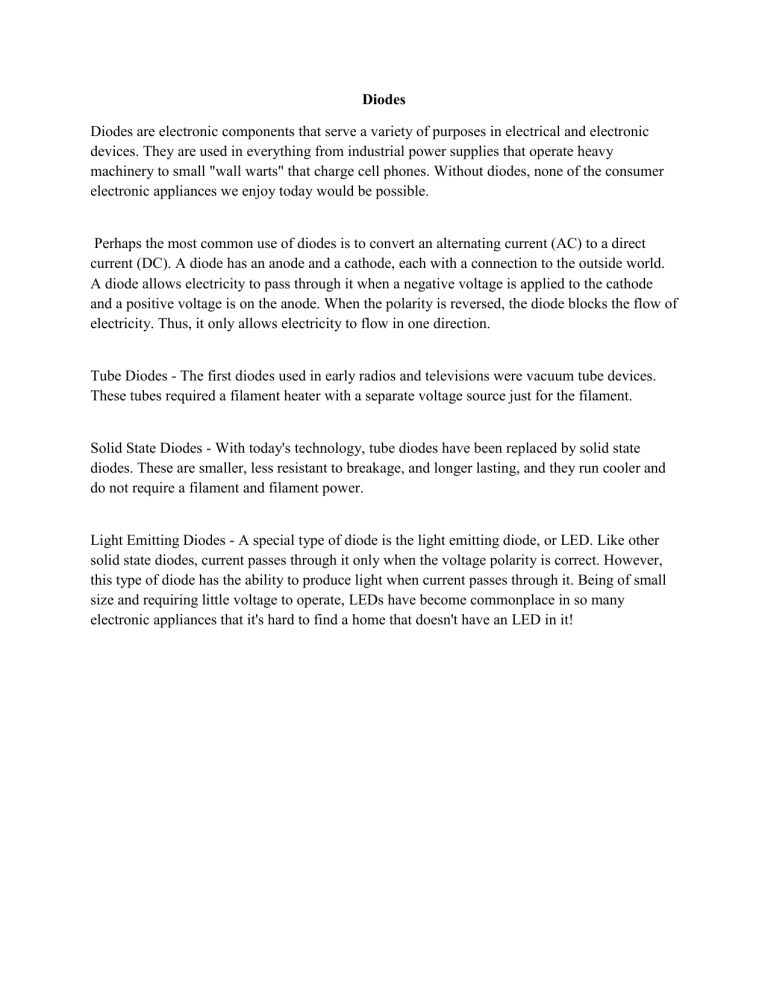
Diodes
Diodes are electronic components that serve a variety of purposes in electrical and electronic devices. They are used in everything from industrial power supplies that operate heavy machinery to small "wall warts" that charge cell phones. Without diodes, none of the consumer electronic appliances we enjoy today would be possible.
Perhaps the most common use of diodes is to convert an alternating current (AC) to a direct current (DC). A diode has an anode and a cathode, each with a connection to the outside world.
A diode allows electricity to pass through it when a negative voltage is applied to the cathode and a positive voltage is on the anode. When the polarity is reversed, the diode blocks the flow of electricity. Thus, it only allows electricity to flow in one direction.
Tube Diodes - The first diodes used in early radios and televisions were vacuum tube devices.
These tubes required a filament heater with a separate voltage source just for the filament.
Solid State Diodes - With today's technology, tube diodes have been replaced by solid state diodes. These are smaller, less resistant to breakage, and longer lasting, and they run cooler and do not require a filament and filament power.
Light Emitting Diodes - A special type of diode is the light emitting diode, or LED. Like other solid state diodes, current passes through it only when the voltage polarity is correct. However, this type of diode has the ability to produce light when current passes through it. Being of small size and requiring little voltage to operate, LEDs have become commonplace in so many electronic appliances that it's hard to find a home that doesn't have an LED in it!
